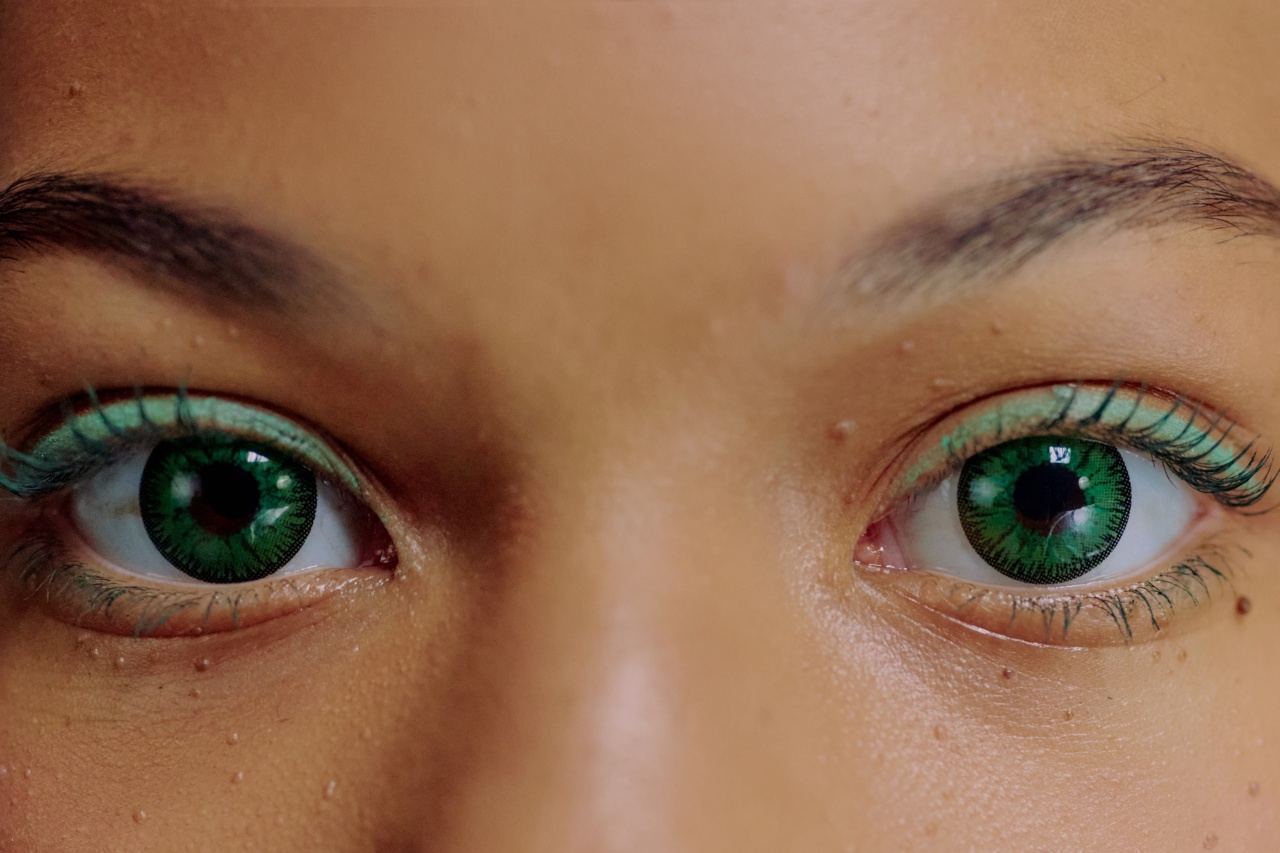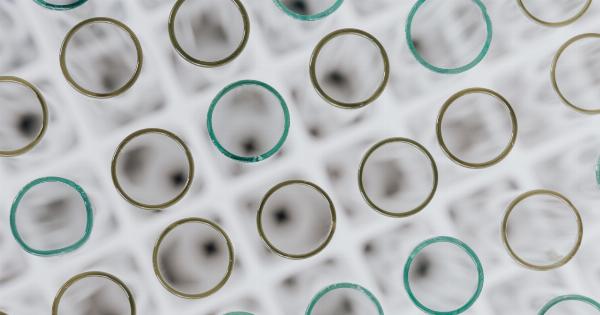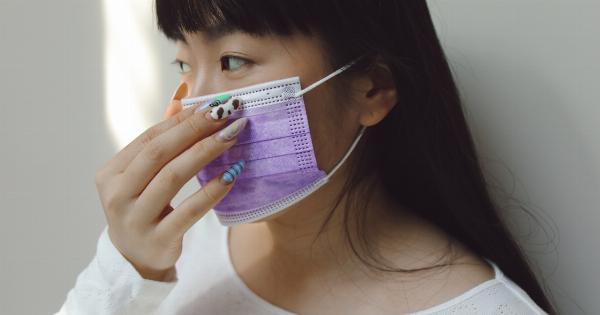Glaucoma is a serious eye condition that affects millions of people around the world. It is characterized by increased pressure within the eye, which can damage the optic nerve and lead to vision loss if left untreated.
Traditionally, the mainstay of glaucoma treatment has been the use of eye drops, which help to lower intraocular pressure and slow down the progression of the disease. However, these eye drops can be cumbersome to use and may have side effects. Luckily, a breakthrough in technology has led to the development of contact lenses that can treat glaucoma without the need for eye drops.
The Mechanics of Glaucoma
To understand how these revolutionary contact lenses work, it is important to have a basic understanding of glaucoma and its underlying mechanics.
Glaucoma typically occurs when the drainage channels in the eye become blocked or less efficient, leading to a buildup of fluid and an increase in intraocular pressure.
Traditional treatment for glaucoma has involved the use of eye drops that either reduce the production of aqueous fluid or improve its drainage.
However, the effectiveness of eye drops can be compromised by non-compliance, as patients may forget to administer them regularly or may find them uncomfortable.
The Role of Contact Lenses
Contact lenses have long been used to correct vision problems, but recent advancements have allowed for the integration of medication delivery systems within the lenses themselves.
These medicated lenses are designed to release glaucoma medication slowly and consistently throughout the day, reducing the need for eye drops.
By wearing these specialized contact lenses, patients can effectively manage their glaucoma without the hassle of eye drops. The lenses are designed to be comfortable and can be worn for extended periods without discomfort or irritation.
The medication within the lenses works to lower intraocular pressure and prevent further damage to the optic nerve.
The Benefits of Contact Lens Treatment
The use of contact lenses for glaucoma treatment offers several significant benefits, making them a revolutionary approach to managing the disease:.
1. Improved Adherence
One of the biggest challenges with glaucoma treatment is patient adherence to the prescribed eye drop regimen.
By eliminating the need for eye drops, contact lenses provide a more convenient and user-friendly method of medication delivery, helping patients stay on track with their treatment plan.
2. Consistent Medication Release
Unlike eye drops, which may be administered inconsistently or in varying amounts, contact lenses ensure a steady and controlled release of medication.
This consistent delivery helps maintain stable intraocular pressure and optimize the effectiveness of the treatment.
3. Enhanced Comfort
Many glaucoma patients find the application of eye drops to be uncomfortable or irritating.
Contact lenses that contain the necessary medication provide a more comfortable alternative, allowing patients to manage their glaucoma without discomfort or inconvenience.
4. Extended Wear
Unlike eye drops, which need to be applied multiple times a day, contact lenses can be worn continuously for an extended period.
This prolonged wear time reduces the need for frequent administration of medication and offers greater convenience for patients.
5. Reduced Side Effects
Some glaucoma medications can cause side effects such as eye irritation, dryness, or blurred vision.
By delivering the medication directly to the eye via contact lenses, the risk of systemic side effects is minimized, resulting in a more comfortable and well-tolerated treatment option.
Current Advancements and Challenges
The development of contact lenses for glaucoma treatment is an exciting area of research, and several advancements have already been made.
Scientists are exploring different ways to incorporate medication into contact lenses, including encapsulation techniques and surface modifications.
However, there are still challenges to overcome before these contact lenses become widely available and accepted as a standard treatment option.
The dosage and release rate of medication from the lenses need to be carefully controlled to ensure optimal therapeutic effect without causing adverse effects or complications.
Additionally, the long-term safety and efficacy of these contact lenses need to be thoroughly evaluated through clinical studies.
Regulatory approvals and commercial production are also essential steps in making these lenses accessible to patients worldwide.
The Future of Glaucoma Treatment
Despite the existing challenges, the development of contact lenses for glaucoma treatment holds immense promise. As technology continues to advance, it is likely that these lenses will become a mainstream option for managing the disease.
With improved medication delivery and patient adherence, contact lenses offer a significant advancement in glaucoma treatment.
The convenience and comfort they provide may encourage more patients to seek early treatment and effectively manage their condition, potentially reducing the risk of vision loss.
Conclusion
Glaucoma is a prevalent eye condition that requires lifelong management to prevent irreversible vision loss.
The use of eye drops has long been the conventional method of treatment, but the arrival of contact lenses as an alternative delivery mechanism is revolutionary.
These specialized contact lenses offer improved convenience, consistent medication release, enhanced comfort, extended wear, and reduced side effects compared to traditional eye drops.
Though challenges remain, ongoing research and advancements in technology are gradually paving the way for widespread adoption of contact lenses to treat glaucoma.






























